Pete Dye was a singular figure in the history of golf course architecture, both for his personality and his designs. Borrowing from the aesthetic and playing value of old-fashioned British links, Dye ushered in visual excitement with his mounds, waste and pot bunkers, and bulkheaded hazards, as well as restoring a premium on shotmaking and risk/reward options.
He also begat roughly a dozen design careers among the assistants that worked for him. I haven’t played original designs or significant renovations from every architect who got his start with Dye, but I’ve seen my share. Here’s a look at my seven favorite public-access tracks designed by a non-family-related Dye disciple.
We-Ko-Pa (Saguaro)—Fort McDowell, Ariz.
Dye Disciple Architect: Bill Coore (and Ben Crenshaw)

Firm and fast conditions, cunning contours, superior strategy demands—those traits define all 18 courses I’ve played by Bill Coore and his partner Ben Crenshaw. Their finest desert design lulls with wide fairways, then hammers you with brilliantly contoured green complexes. Mountain backdrops and cactus-framed landing areas are further highlights. Coore began his design and construction career working for the Dyes in 1972. Eventually, he applied the creativity, skills in the field, and history lessons learned from Pete Dye into his own works and those he did with fellow history buff Crenshaw.
Cape Kidnappers—Hawke’s Bay, New Zealand
Dye Disciple Architect: Tom Doak
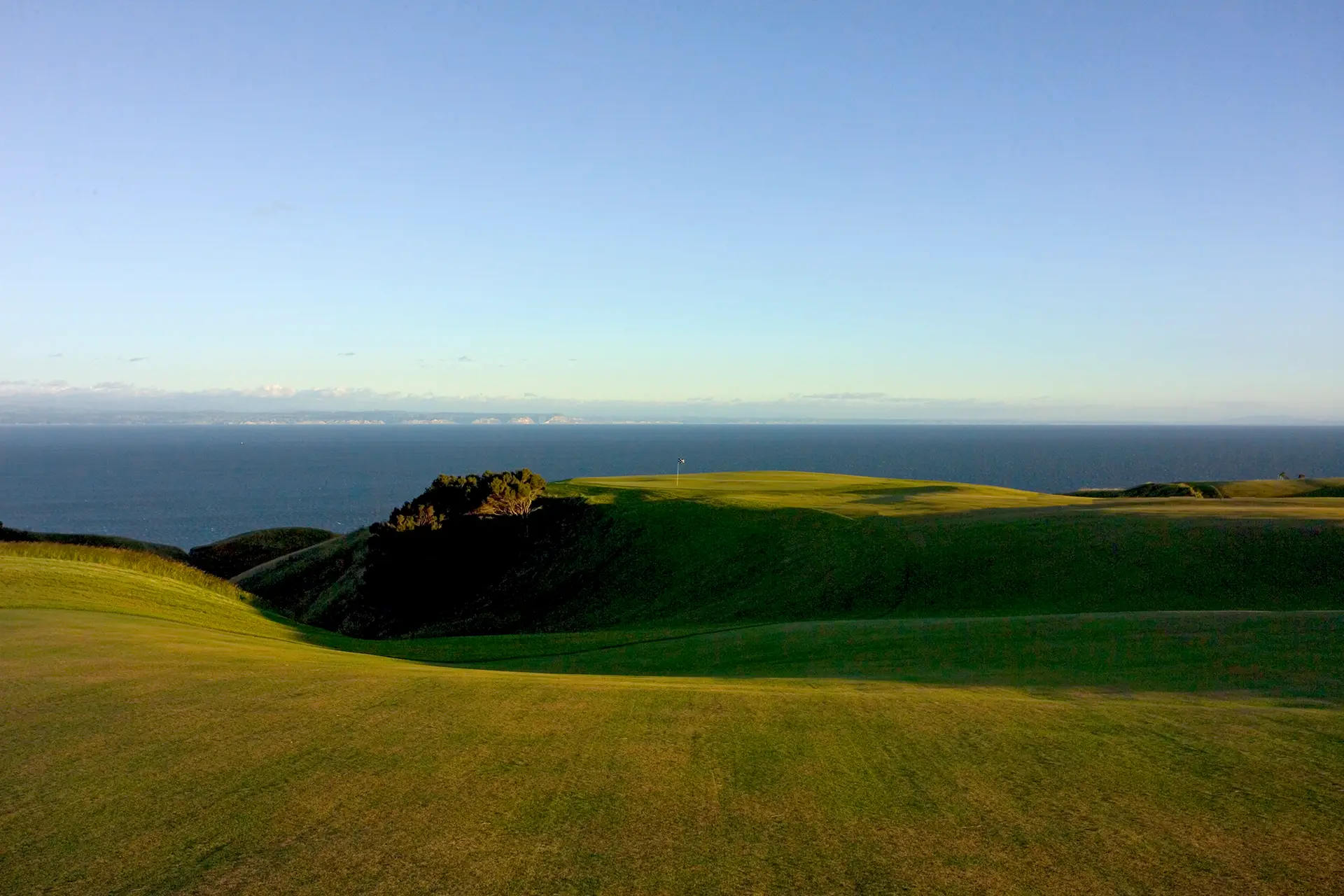
Tom Doak states on his website, “I spent three years working on construction projects for Pete Dye and his sons, learning how golf courses are built at the highest level. Along the way I discovered that I love the work, too—being out in the field, refining design ideas while the course is coming together.”
I’ve played more than a dozen Doak originals (including three that have closed!) and each one displayed his gift for using the terrain in a variety of ingenious ways. Personal favorites include his accomplishments at Pacific Dunes, Streamsong (Blue), and Ballyneal, but I keep coming back to his first New Zealand creation, Cape Kidnappers, which debuted at No. 47 on The LINKS 100. Unforgettable is the fantasy calendar, clifftop par-five 15th, its horizon green perched on a bluff overlooking the sea, but what elevates the course for me is the design sophistication at holes like the drivable par-four 14th, where the hole location on the cleverly contoured green dictates how you might approach the tee shot.
Ak-Chin Southern Dunes—Maricopa, Ariz.
Dye Disciple Architects: Brian Curley and Lee Schmidt

Lee Schmidt and Brian Curley both spent time early in their careers working for and collaborating with Pete Dye. Associated with Landmark Land Co. in the 1980s, the men worked on such Landmark/Dye projects as PGA West and the Ocean Course at Kiawah. Schmidt and Curley formed their own firm in 1998, and while many of their top-ranked courses are in Asia, they left their mark in many other regions as well, before Schmidt retired at the start of 2019. In the U.S., Curley’s fingerprints are all over the tribally owned, Troon-managed Ak-Chin Southern Dunes. Situated 25 minutes south of the Phoenix Sky Harbor Airport, Curley and original consultant Fred Couples crafted a muscular 7,546-yard design that features sprawling bunkers, fescue-framed fairways, inspired green contouring, and nary a weak hole, together with mountain vistas—and no homes to mar the views.
Cabot Links—Inverness, Nova Scotia, Canada
Dye Disciple Architect: Rod Whitman
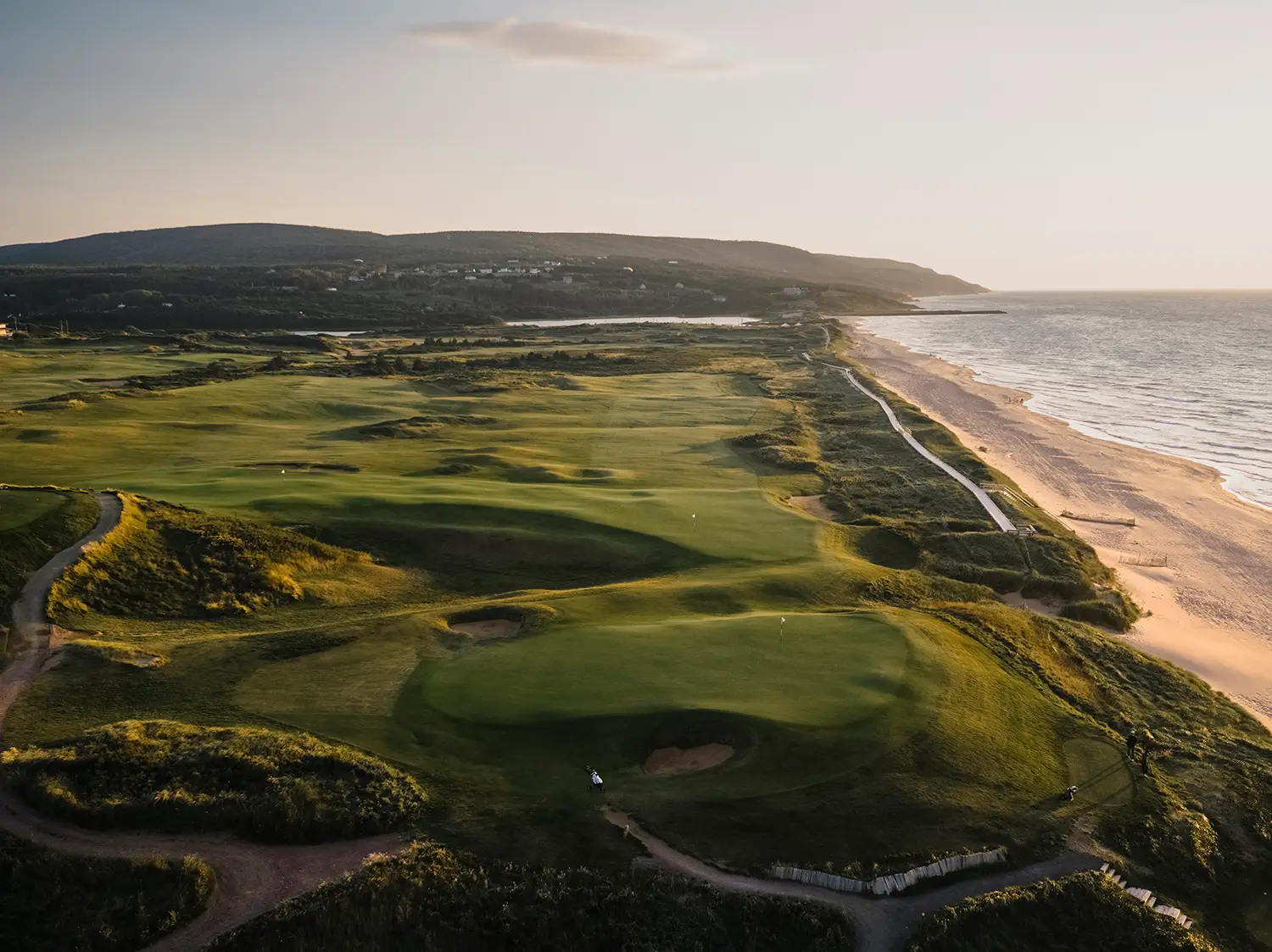
After working for Dye Disciple Bill Coore on the maintenance crew at Texas’s Waterwood National in 1981, then assisting Pete Dye on the construction of Austin Country Club in 1982–83, Whitman worked on several Dye projects over the decade, along with pursuing solo projects. His 27 holes at Alberta’s Wolf Creek Golf Resort impressed me when I played there in the early 1990s, but unquestionably, Cabot Links in 2012 wowed me even more. Canada’s first authentic links, which ranks No. 69 on The LINKS 100, features firm, rumpled fairways, coastal breezes, and glorious views of the Gulf of St. Lawrence. Since 2020, Whitman has been affiliated with a design firm that includes Dave Axland and Keith Cutten.
World Golf Village (Slammer & Squire)—St. Augustine, Fla.
Dye Disciple Architect: Bobby Weed
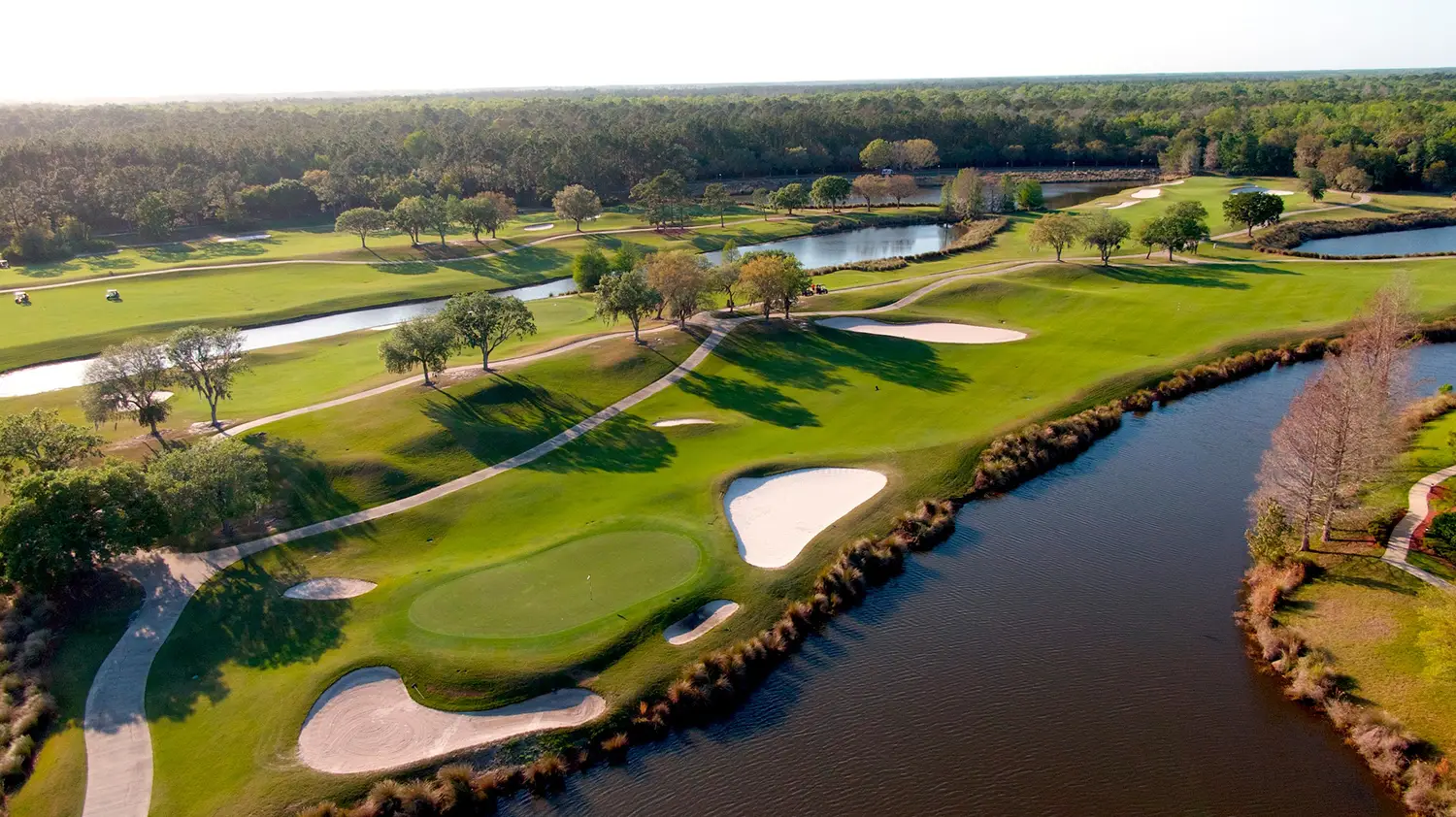
Unquestionably, Bobby Weed had a special relationship with Pete Dye and was inevitably influenced by Dye in his original designs and in his renovations. Weed first apprenticed with Dye during the latter’s design of Long Cove in South Carolina, then moved on to Ponte Vedra Beach, to serve as construction superintendent when Dye was building TPC Sawgrass. Now best known for his Florida project for Michael Jordan, The Grove XXIII, folks often forget that Weed served as the lead in-house designer for the new PGA Tour Design Services in 1988. With Sam Snead (the Slammer) and Gene Sarazen (the Squire) consulting, Weed delivered an excellent, strategically compelling resort course at the World Golf Village. Highlights include the Redan-style, par-three 7th, its huge, elevated green bisected by a ridge, and at the drivable par-four 14th, where mounds, bunkers, and water influence the tee shot and too safe a wedge will net you a three-putt.
The Duke’s Course—St. Andrews, Scotland
Dye Disciple Architect: Tim Liddy
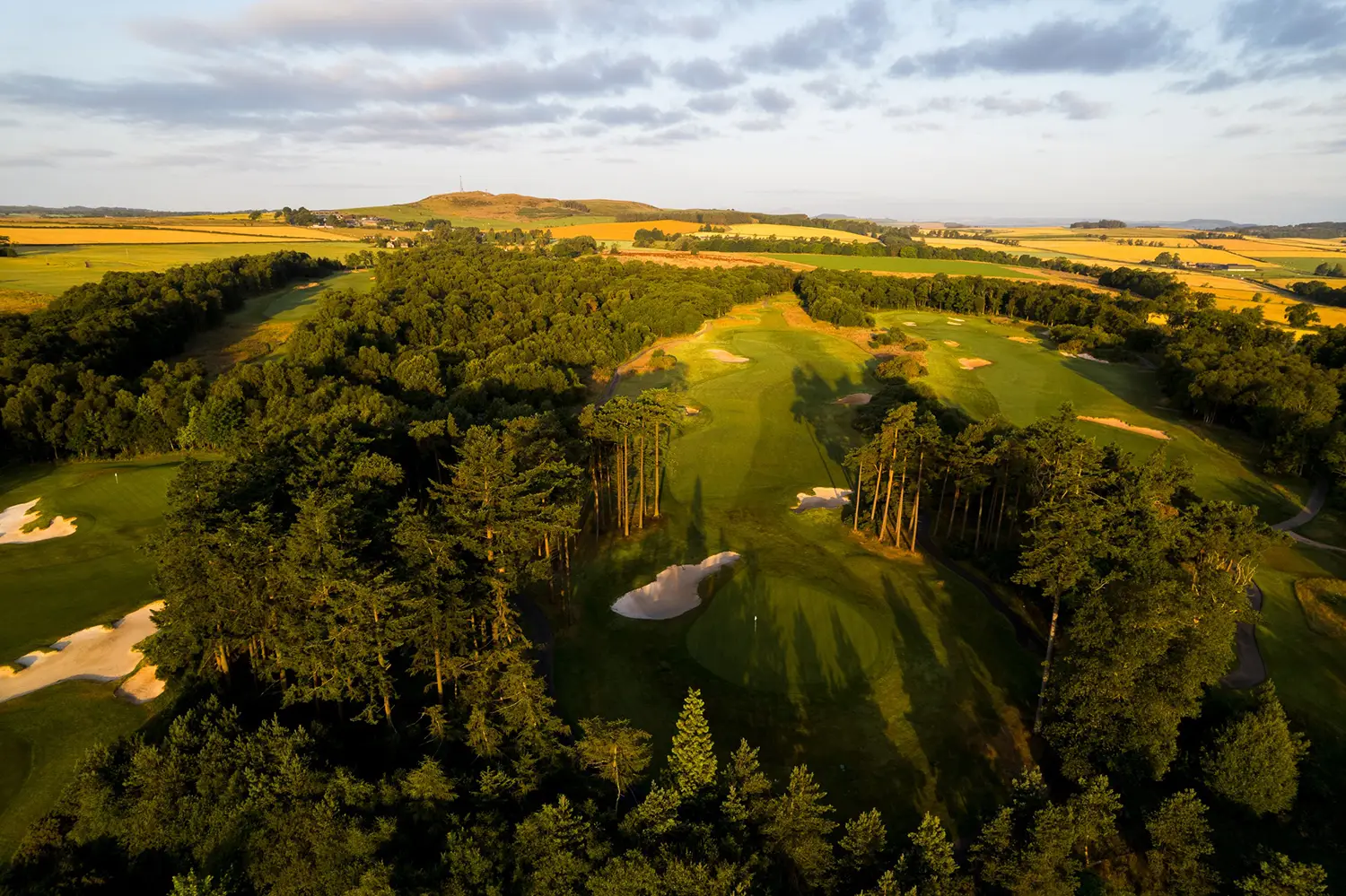
Tim Liddy worked with Pete Dye for 28 years in different roles, from preparing construction drawings to project manager to project architect. Late in Dye’s career, Liddy did much of the heavy lifting on a number of courses that resonated with me, such as Connecticut’s Wintonbury Hills and Shepherd’s Rock at Nemacolin in Pennsylvania. Of the work done under his own name, the Duke’s Course in St. Andrews, Scotland, ranks highest with me. After purchasing the course to pair with his Old Course Hotel in 2005, Herb Kohler hired Liddy to reinvigorate what had been a six-year-old, long, dull, wet slog designed by Peter Thomson. New drainage, four new holes, and a set of brand new, lacy-edged bunkers made for a superb transformation—with design credit to Liddy.
Old Macdonald at Bandon Dunes Golf Resort—Bandon, Ore.
Dye Disciple Architect: Jim Urbina

Pueblo, Colo., native Jim Urbina cut his design teeth working in the field for Pete Dye when Dye was building TPC at Plum Creek in suburban Denver in 1982. Urbina worked for both Pete and Pete’s son, Perry, from 1982–91 and learned incalculable lessons about lines, angles, and creativity in the field from Pete etching or painting diagrams in the dirt. His final stint with Pete was as lead associate for the Karsten Golf Course at Arizona State University in 1989. Urbina spent most of the next two decades working with Tom Doak, building courses such as Pacific Dunes and the Rawls Course at Texas Tech University.
Oddly, given that experience, he’s made his mark as a restoration specialist, on such legendary layouts as San Francisco Golf Club, Sankaty Head, Yeamans Hall, the Valley Club of Montecito, and Pasatiempo. The only original Urbina I’ve played is his co-design at Bandon Dunes, Old Macdonald. This 2010 collaboration with Doak features turnpike-wide landing areas and massive, heaving greens. To get the ball into the hole, however, you’ll need to master angles, strategy, trajectory, and the ground game. The par-four 7th and the par-three 8th come closest to the ocean, but with their brilliantly undulating putting surfaces, they would be standouts in the middle of a desert.


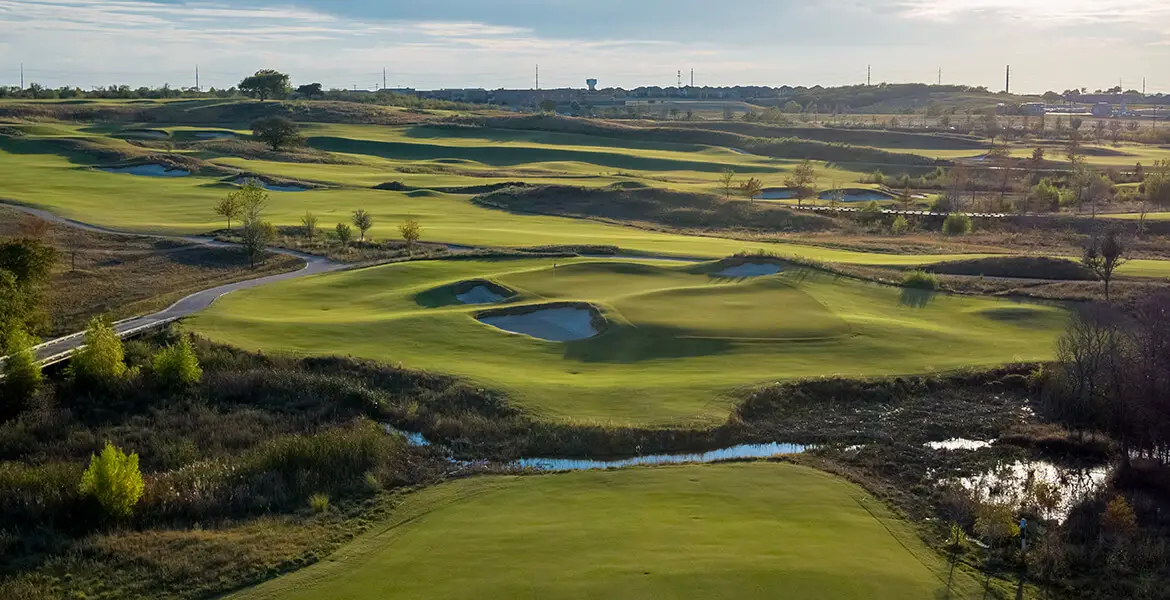

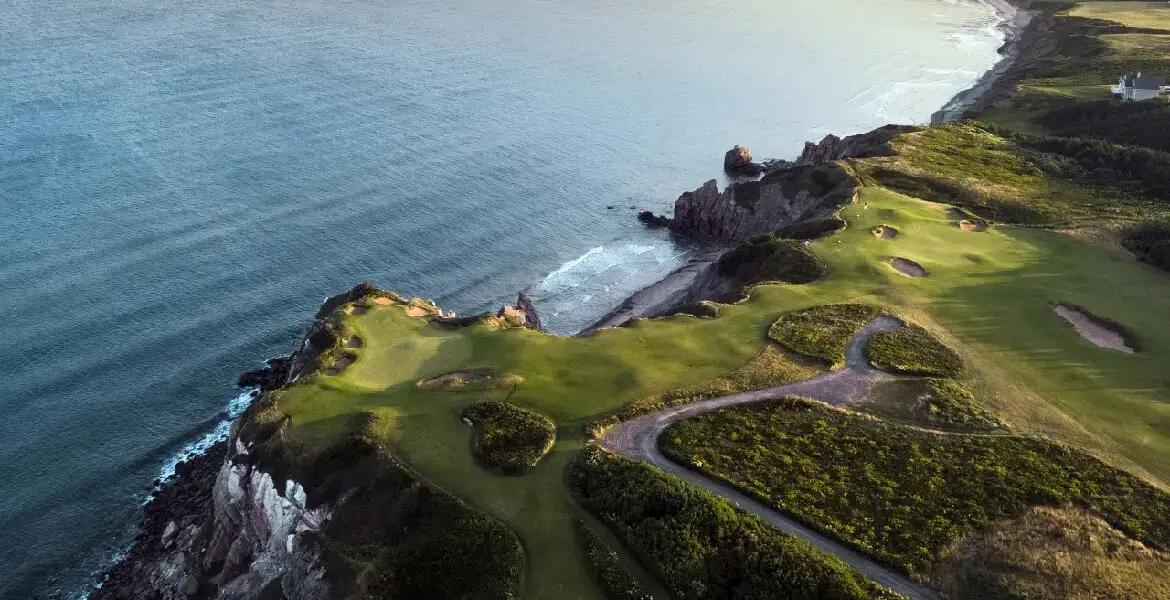

PB Dye in Ijamsville, MD is a local gem here in the DC metro area. https://pbdyegolf.com/golf/course-information
Chris Lutzke, Eagle Eye Golf Club, E. Lansing, Mi. Pete Dye allowed Lutzke to laser the 17th at TPC. It is now the 17th at Eagle Eye.
We’re extremely fortunate in West Lafayette, IN, because we have two Pete Dye courses across the street from one another at Purdue University, which includes the Ackerman-Allen Course, that was one of Pete’s last works of art.